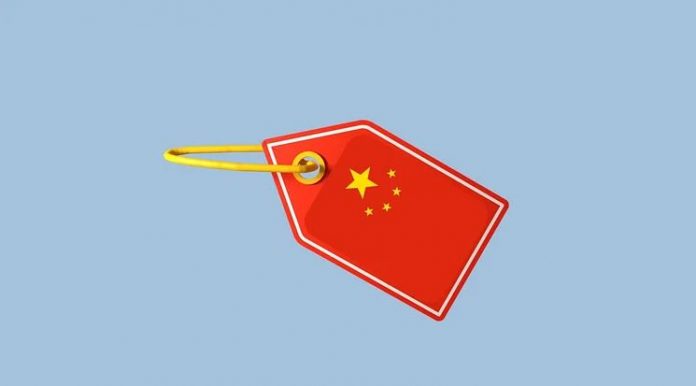China Evergrande Group has provided assets to pay interest on a dollar bond, days before the deadline that would have seen the developer fall into formal default.
This would be good news for many investors and regulators who are worried about the giant’s collapse and its fallout on the global market.
Especially in the time of post-Covid recovery. It is also a sign of reassurance from the officials, who have assured protection of the creditor’s investment.
But what made this company such a giant and how would its crisis affect the Chinese market? To know that we should know both the Evergrande Group and Chinese real estate.
Real estate is the Achilles heel of this second-largest economy. Real estate was China’s most important part of its economy after the manufacturing sector.
Land in China is never actually owned by an individual. It is rented from the provincial government for a set time. These rentals are given to land developers who will build apartments and other properties on them, which are sold out per individual unit for a good profit.
There are speculative traders, where customers buy a piece of property and then wait for a price hike to sell off. But this system led to ghost cities and empty properties, where there is no one to occupy them.
But with fewer investment options in China, real estate is the only investment option.
This is where the Evergrande Group comes in. It was founded in 1996 during the Chinese real estate boom. By the turn of the 2010s, it became China’s second-largest property developer with a turnover of $110 billion in sales last year alone.
They then went on a loan-sponsored land-buying spree, with apartments sold off at lower margins. They even gained more revenue through presale bookings.
They even diversified to other fields like water, football clubs to EVs. This diversification was their hamartia.
Last year onwards there were signs of crisis, with a court case freezing 20 million dollars worth of bank assets. There were halted payments by August. All in all the liabilities rose to $306 billion.
The company tried to reduce the debt by selling their property at discount rates and was able to raise it through their EV and property divisions. But that was 2020. By September their asset and equity disposal plan failed.
The financial crisis that erupted since the pandemic and the increasing regulations in the real estate market by the government are the factors that led to this paradigm. The company liabilities have involved many banks and non-banking institutions.
Later repayments could set off cross defaults as many financial institutions are exposed through direct loans and indirect holdings through different financial instruments.
All of this shows the systemic risk to the Chinese economic structure, which is the reason why most of the information related to this comes from anonymous sources.
Follow and connect with us on Facebook, LinkedIn & Twitter

